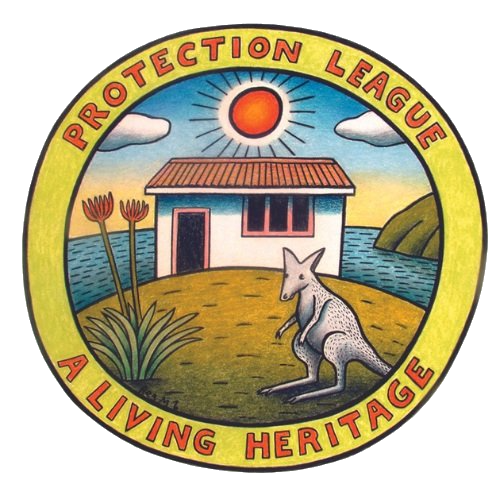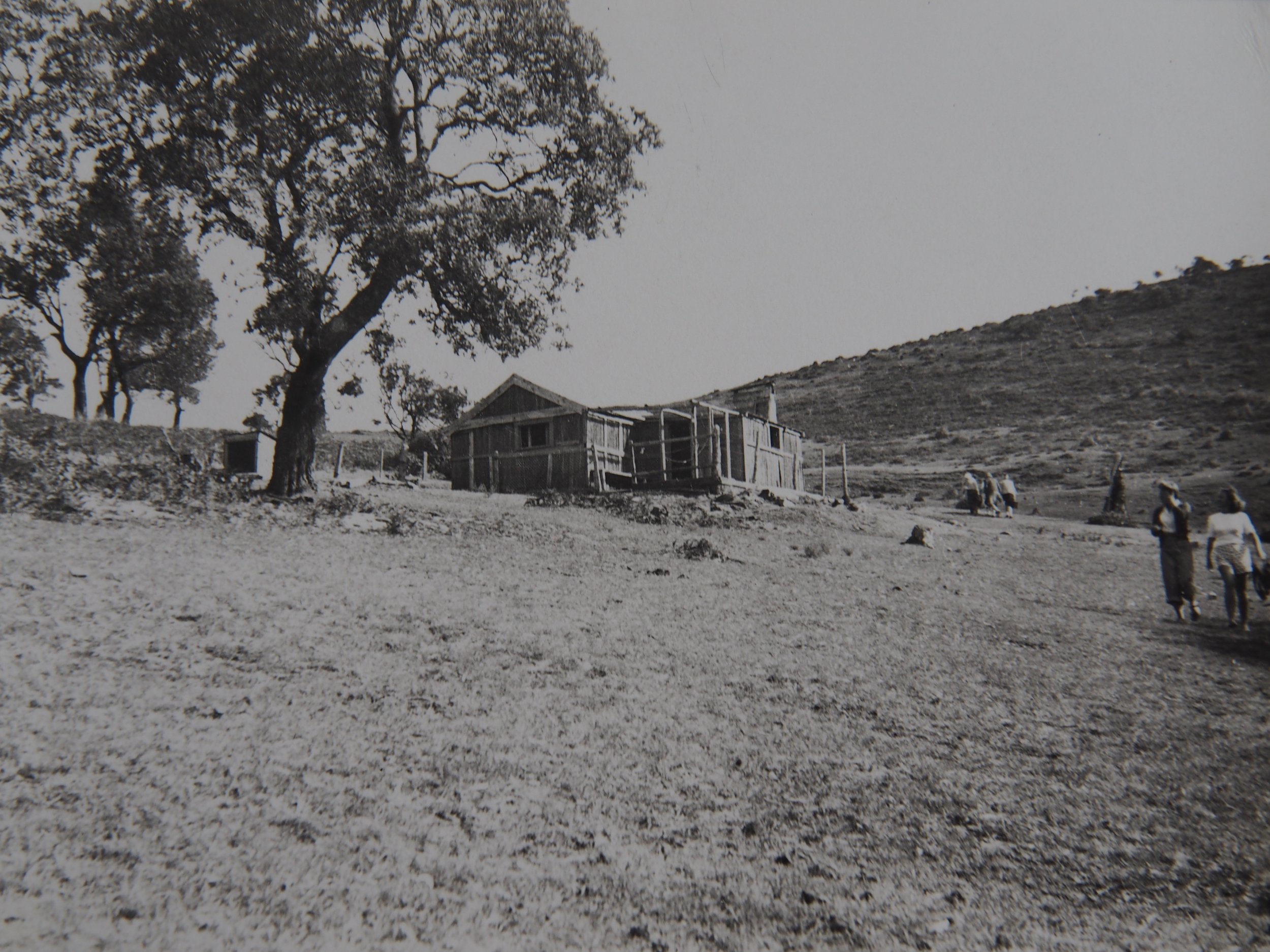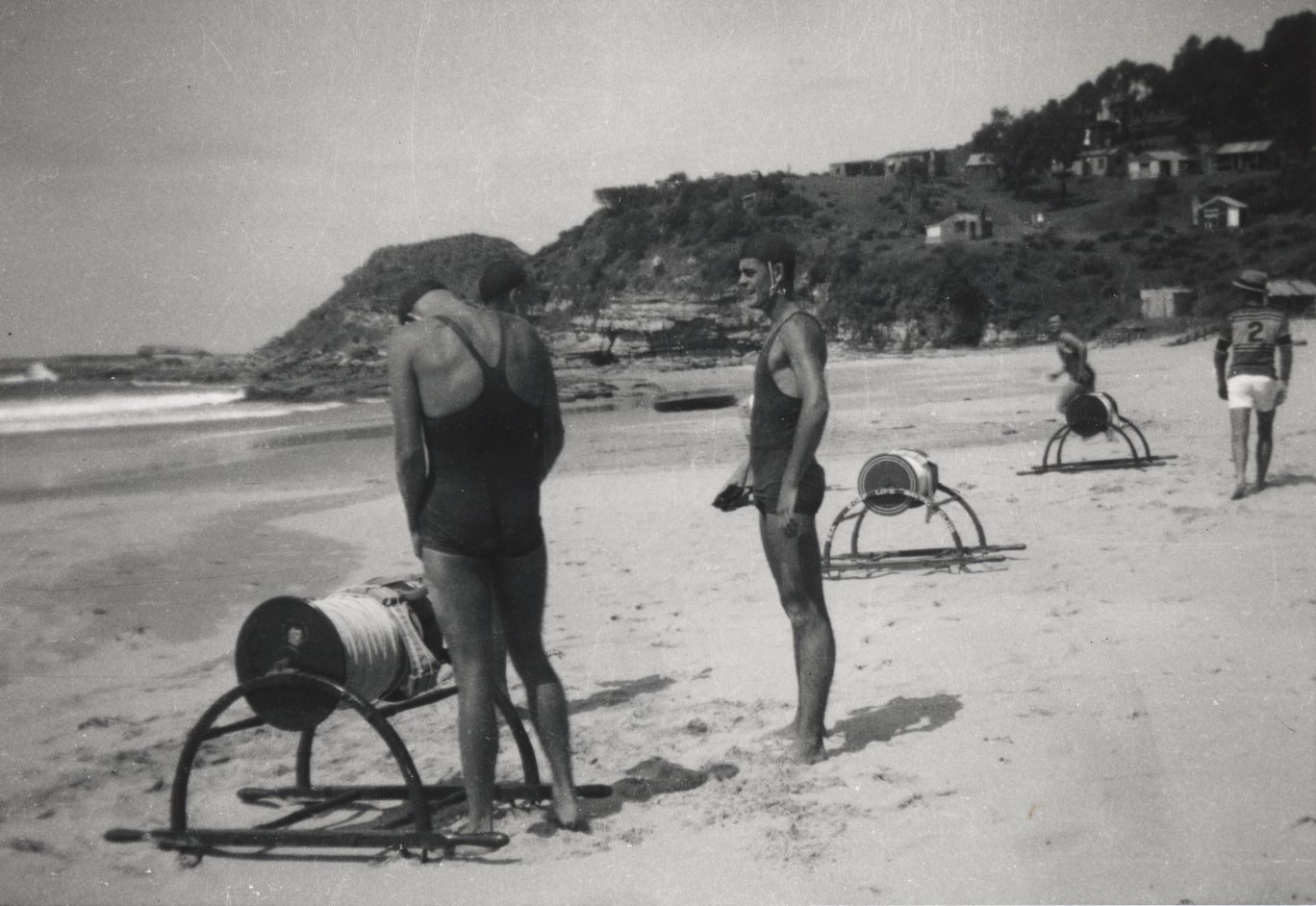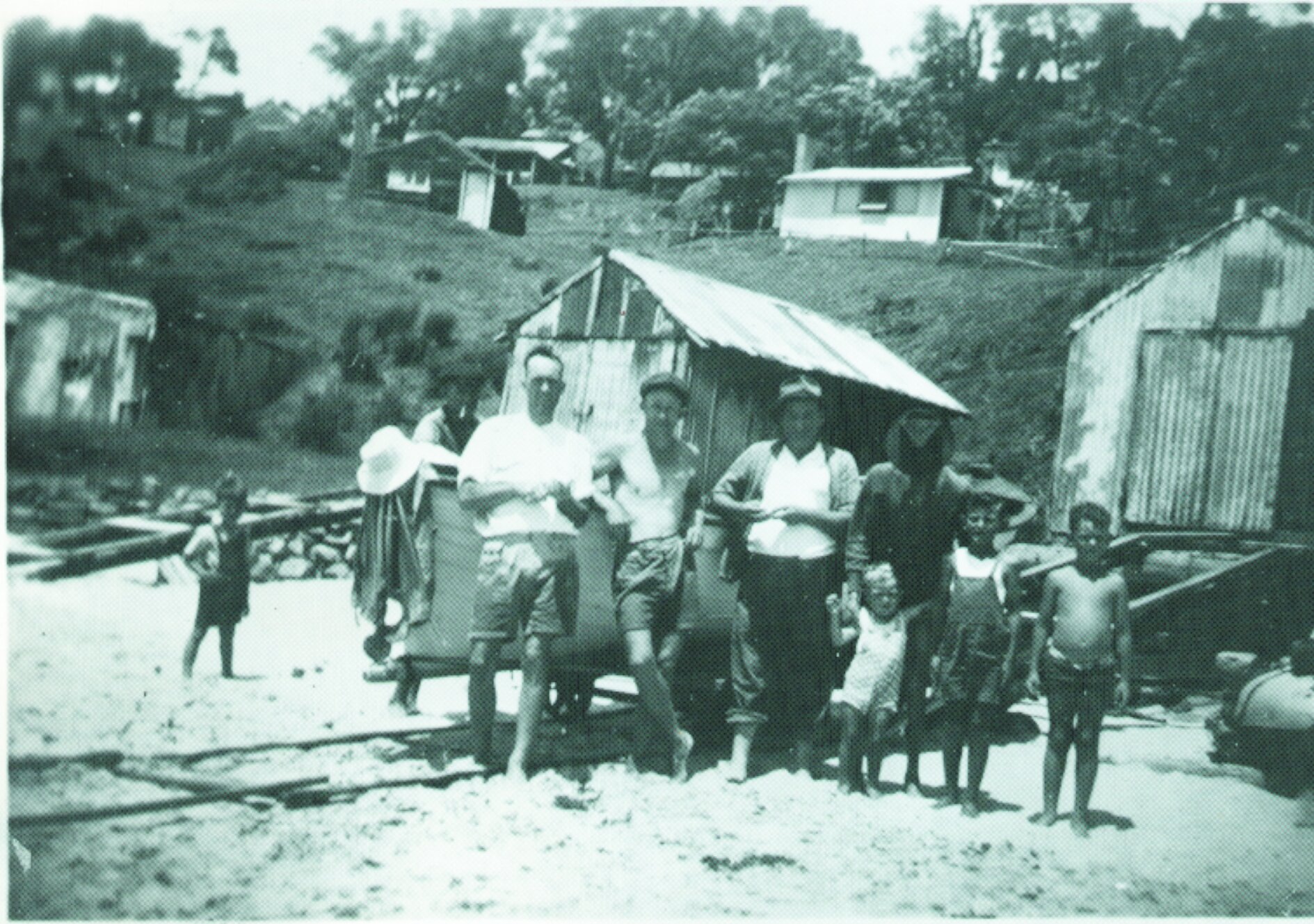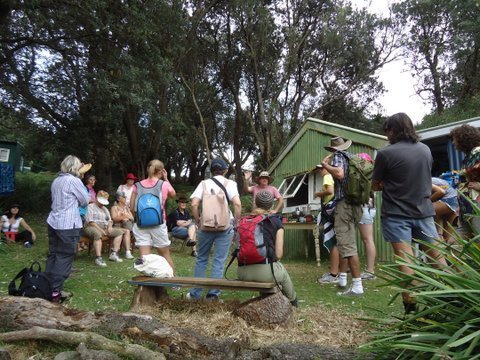Our History
The first shack owners were miners who built fishing shacks in the early years of the 20th century. During the Great depression, many mining families relocated down the hill and more shacks evolved. during this time the families survived on catching fish, rabbits and homegrown vegetables. Over time around 200 shacks came into existence, with many still standing today. Since the 1950s, shack owners have challenged successive governments to keep their shacks.
The Dharawal
1700’s
When the first people arrived on the land now known as the Era lands, it was much bigger than it is now. Sea levels were around 130 metres lower, and the coastline was between 6 and 15 kilometres further east. The custodians of the land were the Dharawal or the Tharawal people. There are more than 650 sites in the Royal National Park alone, providing evidence of how and where the Aboriginal people lived for at least 30,000 years. There are rock engravings, shell middens, drawings, paintings, as well as grinding grooves, which show us their tools, weapons, equipment and how they lived their daily lives.
1830’s
Ex-convict Andrew Byrne obtained a grant of 150 acres of land (known as the Era lands) and ran cattle on this land. Other pastoralists, the Collaerys, had smaller land grants at Garie.
The first Hut built by Old Tom, stockman on the Byrne Estate.
Introduction of the Shacks
1910-1930
The first hut was built by the Aboriginal stockman Old Tom, who was managing the cattle on the land for the Byrne Estate (Oral history).
Shacks were built between 1910 and 1950 on freehold land with the permission of the then-owners. Shack owners have never been squatters.
Many were built during the Great Depression when miners from the nearby Helensburgh community camped at the coast to survive the hard times.
The Communities Emerge
1920
During the Great Depression when the out-of-work miners lived on the land, they fished for their families living in Helensburgh. It was at this time ‘The Blue Hole Boat Club’ was formed and a community emerged from the beaches.
In 1938, a swimmer died at Era beach after being caught in a rip. Shack owners endeavoured to rescue the 19 year old man, but sadly were unsuccessful. Shaken by this horrible event, shack owner vowed this would never happen again and within a few months, Surf Lifesaving Clubs were established, first at Era, then Burning Palms and Garie beaches.
Threatened by Development
1940- 1950
In the mid-1940’s commercial development threatened the communities with the expected sale of the Era and Burning Palms lands.
In 1945, to avoid this development, the people formed a Protection League with the main objective of purchasing the land.
When it was learnt that wealthy developers were determined to purchase the land, the Protection League lobbied, along with other users of the area, for the land to be resumed. A Protection League delegation went to the Lands Minister, Mr Sheehan in 1949.
In 1950, the land was resumed and incorporated into the Royal National Park in 1953 and managed by the National Park Trust. From this time, no new shacks were allowed to be built.
After resumption, the shack holders were allowed to remain “in possession of their huts and tents”.
Up until the mid 1960’s the shacks were allowed to be bought and sold, with transfers of ownership being notified to the National Park Trust.
Communities at Risk
1960-1980
In 1967, the National Parks and Wildlife Service (NPWS) was formed as a government department to administer all NSW National Parks.
For the next thirty years, the NPWS’ policy was to remove the shacks. Under this policy shacks could not be transferred to other family members upon the death of the listed owner and more than 50 shacks were demolished.
In some cases, when the owner died, families just continued to pay the rent. Some elderly owners, no longer able to maintain their shack, assigned them to trusted community members (usually other established families). These de facto arrangements saved many shacks from demolition.
Fearing that eventually, all the shacks would be demolished, the shack holders took their case for preservation to heritage bodies.
Working together
2000- to present
The Protection League and the NPWS regularly work together to manage the environment via Landcare projects, visitor safety, and surveillance.
The NPWS and the Protection League jointly nominated the communities for the State Heritage Register in 2011.
On April 27th 2012, in the Government Gazette No 44, the Royal National Park Coastal Cabin Communities of South Era, Little Garie and Burning Palms were listed on the State Heritage Register under Section 37 (1) (b) of the Heritage Act 1977.
Beginning of the Heritage Recognition Journey
1993 onwards
The Communities of Era and Burning Palms were listed by the National Trust of Australia (NSW). Era and Little Garie were listed by the Australian Heritage Commission, and the three communities were listed in the Wollongong Council Heritage Development Control Plan 42. The Era Conservation area is a cultural landscape featuring a now rare example of a “depression-architecture” style community with its original 1920s technology relatively intact and satisfies the following heritage criteria:
“Importance for demonstrating the distinctive way of life of the community and its processes which are both of exceptional interest and in danger of being lost.” Brooks, Conservation Management Plan, 2005
Following the successful recognition of the significant heritage values, a moratorium was placed on the cabin communities, with no further shacks demolished.
The RNP Plan of Management (POM), adopted in February 2000, recognised the heritage values of the cabin areas. The POM required that the cabins be retained with licensing conditions to ensure that their cultural heritage values and the social context of the cabin communities are conserved.
The NPWS produced a Cabins Conservation Plan (CCP) written by Heritage Architect, Geoff Ashley to guide the future conservation of the communities.
Open Shacks Day as part of the National Trust Australian Heritage Festival
